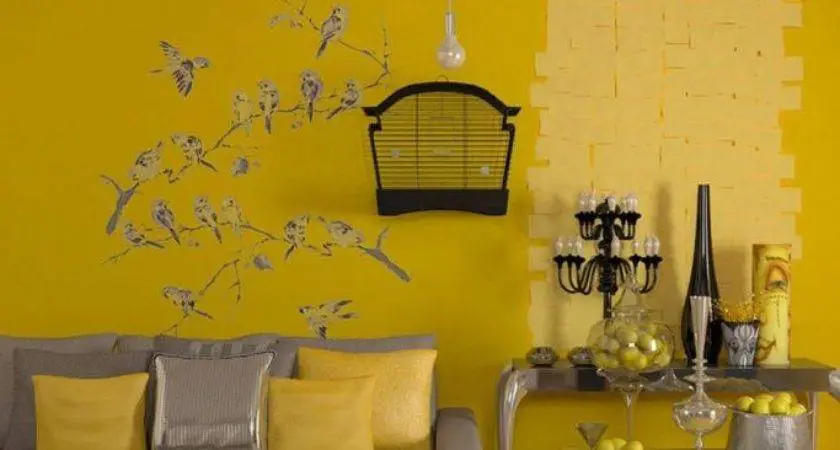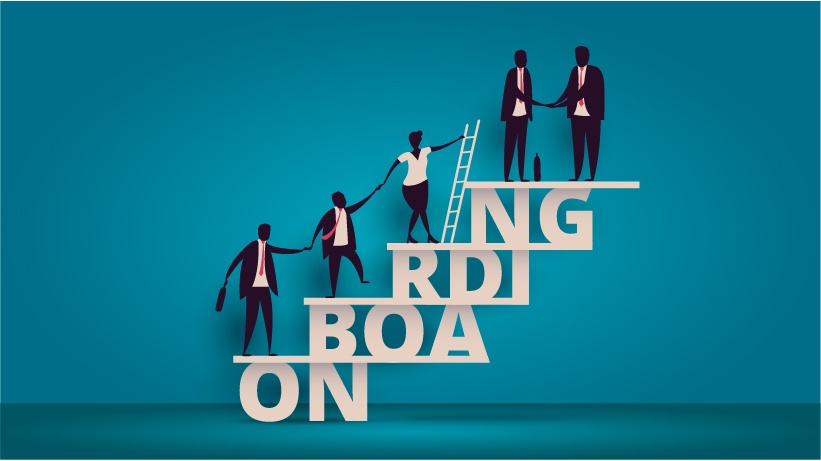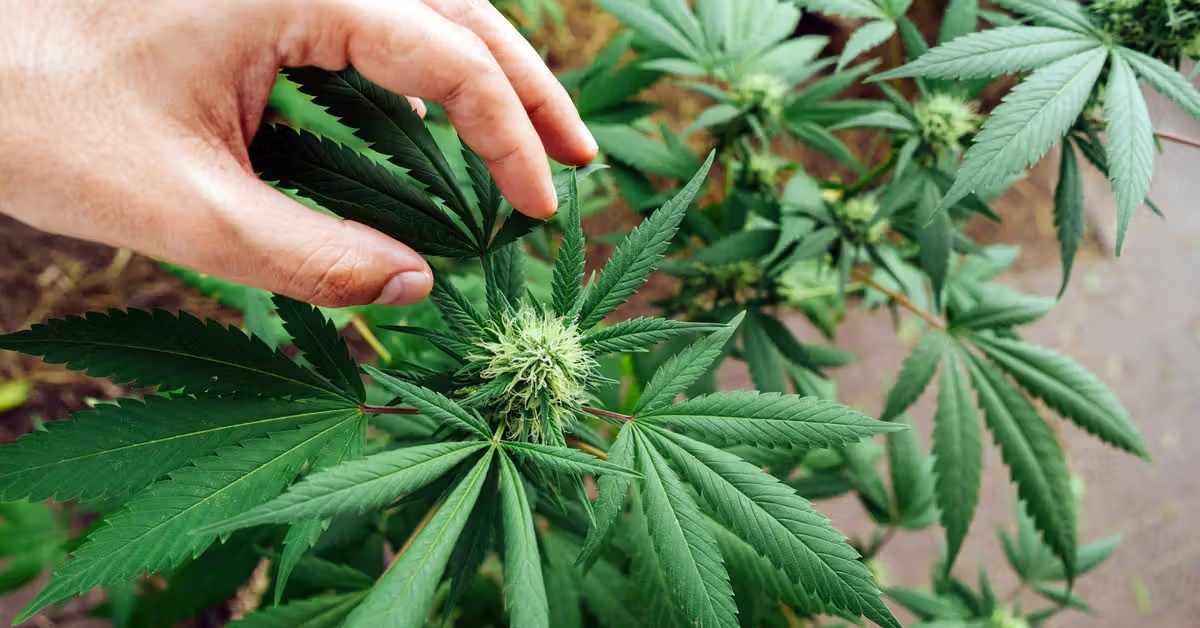Adding yellow into the background, or even the foreground, of your home decor, can have a dramatic impact on your mental state. The reasons why may surprise you.
You can have a more positive outlook on life by understanding the power of yellow.
The color spectrum is a massive kaleidoscope of hues. It’s the pallet that your mind uses to make images.
By adjusting the colors on and around you, you can improve your emotions. However, you must understand the cultural and scientific implications of color to do so.
There’s a lot to color. Here, the focus will stay mainly on one dominant color – yellow.
Cultural connotations vary greatly from research concerning the hue. To learn more about how things such as yellow backgrounds affect your mind, continue reading.
How Color Affects Your Mind
Color temperature is the brightness and intensity of light. It has a direct impact on color. Lights of varying color temperatures, for example, can completely change the hue of a room.
For instance, there’s been a lot of discussion about blue light. Blue light is close to the color of the sun at high noon. It has a very stimulating effect.
Blue light affects a photopigment called melanopsin. The eye pigment is especially sensitive to blue light.
Scientists believe that it boosts performance and energy. On the other hand, green light promotes sleep.
Smartphones and computer screens emit a substantial amount of blue light. If you take in too much blue light, it can affect your sleep.
In turn, you can feel cranky, depressed, or emotional during the day. This point emphasizes the power of color to affect the human mind.
Your brain associates specific characteristics with yellow. As a result, the emotions and impulses that you feel when you’re near the color yellow are significant.
Some counselors recommend a bright color – such as yellow – to improve the disposition of patients who are experiencing depression. This technique is particularly helpful for individuals who suffer from conditions such as seasonal affective disorder (SAD).
You may want to offer yellow as a gift simply to cheer someone up. If there’s someone important in your life, for instance – be it a parent, friend, significant other, or spouse – you may want to give them a sunflower bouquet to make their day.
The Power of Yellow Backgrounds
When you look at a banana, you see yellow. That’s because the banana reflects light that falls within the wavelength that creates that color.
Yes. Color is determined by wavelength, in this case, yellow.
Your brain has a particular association with yellow. It can influence decisions as simple as choosing clothing or curtain.
More importantly, however, the color will evoke a particular emotion every time you see it.
In the case of yellow, scientists report increased energy and a better attitude. If it’s a mood booster that you need, yellow is your color.
Researchers continue to study how color affects the mind. Yellow, among other colors, is one of the top hues that elicit a positive emotional response.
Yellow is a confident, friendly, optimistic, and stimulating color. Culturally, however, many people associate the color with fear, for example, the term yellow-bellied coward.
As a result, some people associate yellow with inferiority. Science, however, says just the opposite. Research shows that yellow is a color of vitality.
You should understand how colors can alter your mood. If you need proof that yellow is an awesome color, take note of how you feel when you see or are near something with a yellow background.
The Magnetism of Yellow
Around the globe, people have taken a liking to yellow. It’s one of the most popular colors in the world.
This circumstance may exist because of the mood and emotion that yellow elicits. Bright yellow grabs your attention.
A few colors stand out among others. However, yellow stands out the most.
Yellow is abrasive and loud. At the same time, it’s a warm and bright color.
For some, yellow is a reminder of positive experiences. As a result, yellow attracts attention.
German painter Franz Marc once remarked that blue is the color of man – a stern and spiritual color. He also said that yellow is the color of a woman – it’s a cheerful, gentle, and sensual color. He also said that red is a brutal color that blue and yellow must overcome.
Musings of the painter aside, yellow is a primary color. It falls between green and orange on the color scale of visible light. You can find yellow nearly everywhere – from nature to manufactured goods.
You can even find yellow in space. Stars and galaxies far away emit yellow across the universe. On the RGB color scale, yellow is a result of an equal mix of red and green.
Throughout history, yellow has maintained a commanding presence. Researchers trace the color back as far as 17,000 years in cave paintings in France.
Since then, artists have used yellow prominently in Egyptian tombs to represent skin color and gold. Later, yellow represented key biblical figures in Christianity, such as Judas and the Pope.
In China, artists associated yellow with the Emperor. It was also the color the Emperor’s guest walked on as they approached his presence. It seems that yellow has stood the test of time and will continue to do so.
Yellow in Modern Society
Today, people have different associations with various shades of yellow. Typically, they associate a range of emotions – both positive and negative – with the color, such as:
- Amusement
- Avarice
- Duplicity
- Cowardice
- Envy
- Gentleness
- Humor
- Jealousy
- Spontaneity
In Asian countries, people associate the color with mostly positive images. For instance, they imagine harmony, happiness, glory, and wisdom when they think of the color yellow.
Scientists have conducted a lot of research trying to figure out how color affects the human mind. Marketers make use of scientists’ findings frequently.
They use scientific research about color to make decisions about everything from the color of a store to the color of a package. Marketers even use color psychology to decide which color to use to manufacture medication.
The Psychology of Yellow
Comic book artists frequently used the color yellow for the costumes of superheroes. Yellow falls in the long-wavelength of color.
In psychology, researchers consider yellow the color of confidence and positive thinking. These are ideal traits to represent a superhero.
In the early years of comic bookmaking, it was considered a best practice to use primary colors to represent heroes. Yellow was one of those colors.
It’s fair to note that printing presses had limited colors in the early days of comic books. As a result, they used primary and secondary colors for heroes and dark and gray colors for villains.
Galen, a Roman philosopher, viewed colors as temperaments. He suggested that yellow is a cantankerous color – the color of adventurers, heroes, and tyrants. He also saw it as a positive color of hedonists, poets, and lovers.
In time, science made Galen’s temperaments obsolete. Advances in medicine and biology took precedent over his philosophies. His views may not have stood the test of time, but they are considered the launching point of modern color psychology.
Yellow: Can You Feel It?
Humans experience and preserve color in different ways. For instance, they use blue in many different designs.
Artists typically use blue to represent environments such as the sea and the sky. Because of this association, the color blue reminds people of these environments. Some people also associate blue with sadness and loneliness.
People may not have such a strong conscious association with yellow. However, scientifically, yellow does the job subconsciously. It creates alertness and draws attention.
The idea that colors impact the human mind has stirred years of debate among designers.
The way that people perceive color is highly complex.
Color is not objective; it’s subjective. The way that people perceive color varies from person to person.
Researchers, especially marketing researchers, invest a lot of time and resources into understanding the mysteries of color. However, there is no way to account for how color affects the individual.
Because of this, some of the best-laid color schemes fail to have the desired effect. Nevertheless, marketing researchers will continue to try to find ways to use color to crack the code of emotion.
Know Your Colors, Know Your Mind
You may have looked at the color yellow too long one day and started to feel anxious or irritated. Alternatively, you may have a small child that tends to cry more when they are in rooms with yellow backgrounds. During your high school years, you may have heard of a team that people regularly discounted because they wore the color yellow.
For some time, there’s been a lot of commentary about the significance of the color yellow.
A Google search will yield a barrage of websites highlighting the benefits and shortcomings of the color.
Despite the negative connotations present on some websites, science proves that most people view yellow is a warm, happy, playful color.
If you’re reading this, you’ve probably been wondering what to think about yellow. Do yourself a favor and associate it with positive thoughts. You may find that yellow can improve your mood and give you a boost of energy whenever you need it.
You can learn something new about the mind every day. To learn more interesting facts about science, mental health, and self-development, visit TheMindsJournal.com.








Leave a Reply
You must be logged in to post a comment.